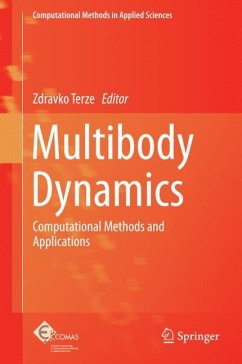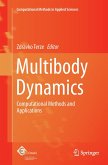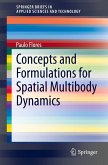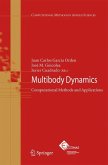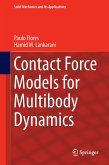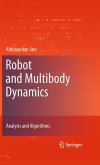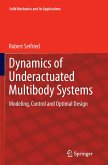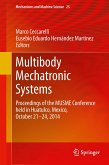By having its origin in analytical and continuum mechanics, as well as in computer science and applied mathematics, multibody dynamics provides a basis for analysis and virtual prototyping of innovative applications in many fields of contemporary engineering. With the utilization of computational models and algorithms that classically belonged to different fields of applied science, multibody dynamics delivers reliable simulation platforms for diverse highly-developed industrial products such as vehicle and railway systems, aeronautical and space vehicles, robotic manipulators, smart structures, biomechanical applications and nano-technologies.
The chapters of this volume are based on the revised and extended versions of the selected scientific papers from amongst 255 original contributions that have been accepted to be presented within the program of the distinguished international ECCOMAS conference. It reflects state-of-the-art in the advances of multibody dynamics, providing excellent insight in the recent scientific developments in this prominent field of computational mechanics and contemporary engineering.
The chapters of this volume are based on the revised and extended versions of the selected scientific papers from amongst 255 original contributions that have been accepted to be presented within the program of the distinguished international ECCOMAS conference. It reflects state-of-the-art in the advances of multibody dynamics, providing excellent insight in the recent scientific developments in this prominent field of computational mechanics and contemporary engineering.

